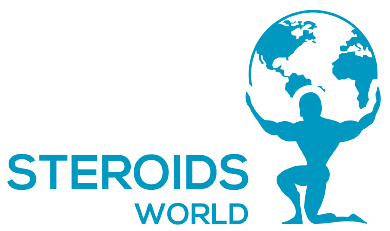test cypionate water retention
Edema, specifically dependent edoema, is a side effect of testosterone usage and abuse that is more frequent in elderly men. Edema refers to water retention “toward the earth,” such as when you can see the impression of your socks below your ankles after you take them off. This is an indication of fluid retention, which is frequently accompanied by high sodium and potassium levels in the blood. In a trial of varied testosterone enanthate dosages in older men, approximately half suffered leg edoema in the groups given supraphysiologic testosterone.
Sodium and potassium are normally kept in a regulated range by a slew of hormones and chemokines that mostly affect the kidneys. Water consumption has a role as well, which is maintained by other hormones that increase thirst. The osmotic (water-pulling) impact of certain proteins generated by the blood, including such albumin, also plays a role. Hyperglycemia (high blood sugar) can have a role if it reaches pathologic levels, as it does in type 1 diabetes or after a sugar binge.
While this, many bodybuilders and lifters who take anabolic-androgenic steroids (AAS) or men who begin hormone replacement therapy (TRT) acquire edoema within days or weeks after starting usage, despite previously being free of any such symptom. Dependent edoema in TRT might result in the discontinuation of therapy that is required to repair a hormone shortage that has direct repercussions on metabolic control and even lifespan.

















